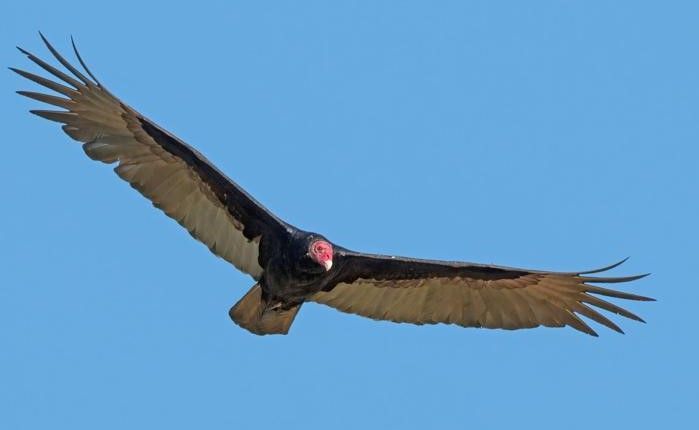March Birding Forecast

By Alex Harper
On March 1, Southern Nevada receives about eleven hours and twenty-six minutes of direct daylight. This is about an hour more of total daylight compared to that on February 1, and about an hour and forty minutes more than on January 1. On the last day of March, we receive about twelve and a half hours of daylight. The increased daylight in the northern hemisphere brings increased warmth. The additional light and heat give plants energy to photosynthesize and kickstarts the processes of putting out new leaves and flowers. Insect activity follows and ramps up.
In sync with the progressions of the seasons are billions of waterfowl, shorebirds, raptors, hummingbirds, and songbirds. Across their wintering grounds in South and Central America, Mexico, or the Sonoran Desert, these birds are fattening up and saving their energy for long, challenging journeys. Like the plants and insects, these birds register the increasing sunlight; cascades of hormonal changes prepare them for a seasonal movement that we call migration. Of these billions of birds, many millions will pass though Nevada’s skies this spring.
March offers a preview for what’s in store for April and May. Although March may have days that feel like spring, there are days that potentially can be reclaimed by winter weather. This means that for many songbirds, it may be too energetically taxing and risky flying northwards into our region in March. It could even be fatal if an intense cold snap occurred. A few species of land birds do manage to successfully navigate the temperamental month of March, seemingly adapted to cope with the unpredictability.
These birds include Yellow-headed Blackbirds and cowbirds, which are sometimes coming from marshes and agricultural areas of Southern Arizona or northern Mexico, are some of the first to arrive. You may find or hear these birds at familiar parks, especially any with stands of wetland vegetation or large lawns. Their relative, Hooded Orioles, come back by late March, preferring to be closer to trees such as palms.
Along the Colorado River or Clark County Wetlands Park, the Lucy’s Warbler begins to trickle in. These small, gray warblers seek out stands of mesquite tress, joining the assemblage of overwintering Yellow-rumped and Orange-crowned Warblers. The Lucy’s Warbler winters as close by as the Mexican state of Sinaloa. This means that the distance that they needed to traverse to get to Southern Nevada is far less than that of comparatively sized warblers wintering deeper into Mexico and helps explain why we see these warblers arrive well before the others. It’s one of the only warblers to breed in tree cavities, and they prefer mesquite groves and wooded wetlands for nesting habitat.
Other birds on their way through Nevada in March are swallows. These strong flyers are diurnal migrants, and unlike most other songbirds, they have the advantage of being able to hunt flying insects as they migrate northbound. Tree, Violet-green, Barn, Northern Rough-winged and Cliff Swallows may be seen cruising low and purposefully northward through open desert or stopping to feed and drink anywhere with surface water. Some of the Northern Rough-winged or Cliff Swallows may end their spring journey in Las Vegas or Henderson, as some create nests under bridges at locations like Arroyo-Grande Park or Pittman Wash.
Other birds are departing our region. The wintering duck numbers begin to thin out at the popular birding sites in the region. Geese and ducks are well-adapted to finding food in winter but often driven by accessible bodies of water for roosting or foraging. With lakes and ponds thawing out to the north, they will largely begin departing the region for the wetlands of the Great Basin and prairies of the west, the spruce forests of Canada or Alaska, or even the tundra of the Arctic.
Close to your home, you may be observing flurries of breeding behavior from resident doves, hummingbirds, and songbirds. These birds that often live their entire lifecycles in the same region breed well before some birds have begun migratory journeys that can be hundreds or thousands of miles in duration. These are the Anna’s Hummingbirds, Verdins, and Northern Mockingbirds. It’s possible that by late March you may see robins or local birds feeding young in nests.
Like every year, month, or week, no day is the same when observing birds. Each species has its own unique life history. As you get outside in March, you’ll be able to observe behavior changes amongst species and individuals. Tune in to these subtle changes and watch for the trickle of incoming spring migrants. And come April, the dam breaks, and the flycatchers, vireos, warblers, orioles and tanagers begin to pour in.
RECENT ARTICLES



